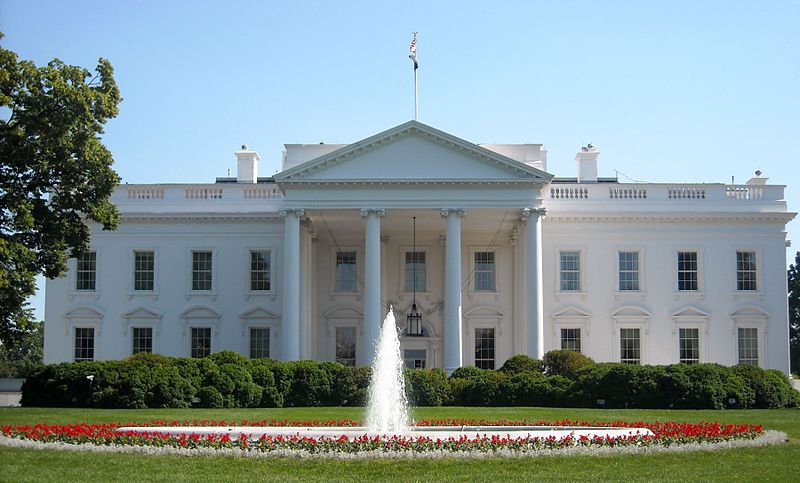 AI
AI
 AI
AI
 AI
AI
The White House today released a policy paper with more than 90 recommendations on how the federal government should approach artificial intelligence.
The document is called the AI Action Plan. Later today, U.S. President Donald Trump is expected to sign several executive orders that will implement AI measures aligned with the paper’s suggestions.
“The United States needs to innovate faster and more comprehensively than our competitors in the development and distribution of new AI technology across every field, and dismantle unnecessary regulatory barriers that hinder the private sector in doing so,” reads the document.
The first focus of the AI Action Plan is the process through which federal agencies buy AI software. To streamline the workflow, the paper calls on officials to create a so-called AI procurement sandbox. It’s envisioned as a kind of algorithm catalog that would enable federal agencies to easily access multiple models and customize them when necessary.
Some of the paper’s procurement suggestions focus specifically on large language models. According to the White House, the proposed measures would only allow federal agencies to buy LLMs from providers “who ensure that their systems are objective and free from top-down ideological bias.”
A second set of policy proposals in the AI Action Plan seeks to promote the development of AI infrastructure. In particular, the White House is looking to streamline the permitting process for new data centers. Furthermore, the policy paper argues that officials should use AI to speed up environmental reviews of construction projects.
To address the energy demands of AI data centers, the White House is proposing measures that would facilitate the “interconnection of reliable, dispatchable power sources as quickly as possible.” Improving the transmission infrastructure that distributes this electricity is likewise a priority. In parallel, the White House will seek to remove “all extraneous policy requirements for CHIPS-funded semiconductor manufacturing projects.”
The push to simplify compliance tasks for chipmakers is part of a broader effort to reduce AI regulation. The White House will collect public feedback on federal rules that “hinder AI innovation and adoption,” as well as work with agencies to “take appropriate action.” The Federal Communications Commission, in turn, plans to scrutinize state-level AI rules.
“While businesses may welcome reduced regulatory friction and federal support for computers, the approach risks underestimating public interest concerns (privacy, labor displacement, environmental impact),” said IDC Senior Vice President Matt Eastman. “IDC expects pushback from civil society groups and potential legal challenges to federal preemption of state AI laws.”
Several of the AI Action Plan’s other sections focus on machine learning research. The paper proposes federal initiatives that would give AI researchers access to more compute infrastructure, data and other technical resources. Additionally, the White House plans to create AI Centers of Excellence that will enable those researchers to collaborate with companies on technology projects.
Support our mission to keep content open and free by engaging with theCUBE community. Join theCUBE’s Alumni Trust Network, where technology leaders connect, share intelligence and create opportunities.
Founded by tech visionaries John Furrier and Dave Vellante, SiliconANGLE Media has built a dynamic ecosystem of industry-leading digital media brands that reach 15+ million elite tech professionals. Our new proprietary theCUBE AI Video Cloud is breaking ground in audience interaction, leveraging theCUBEai.com neural network to help technology companies make data-driven decisions and stay at the forefront of industry conversations.